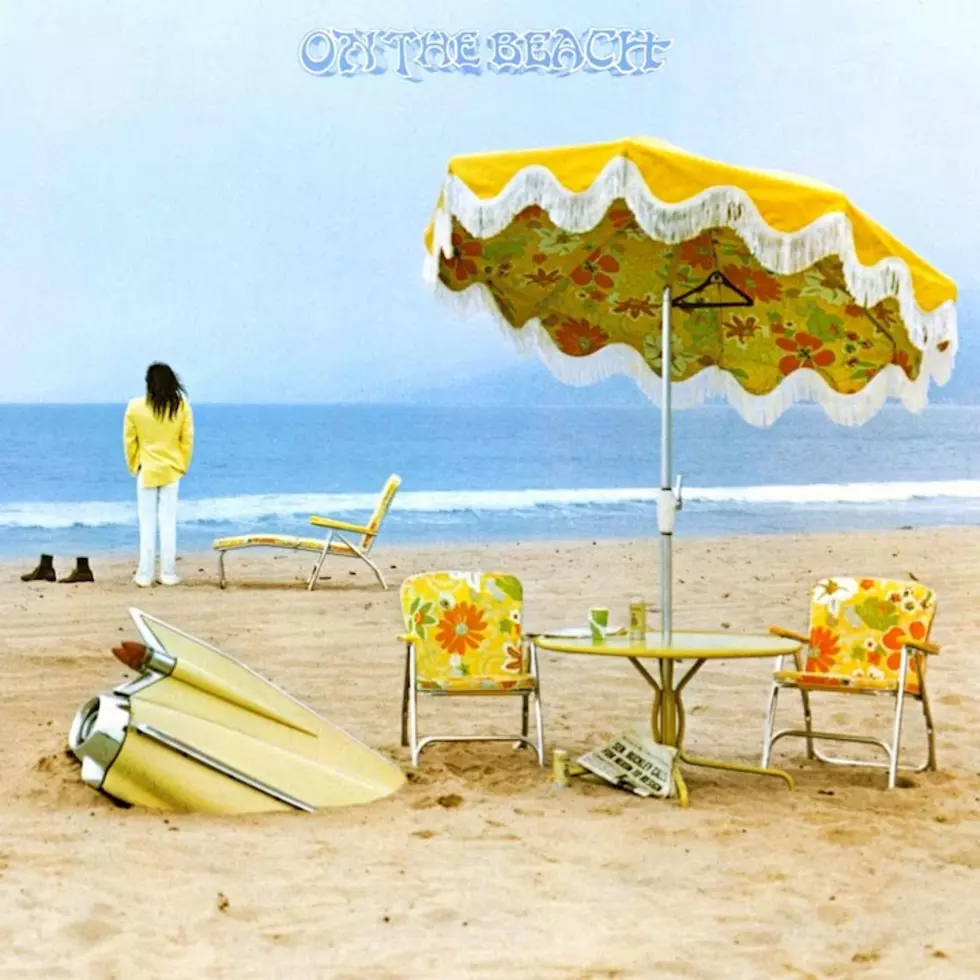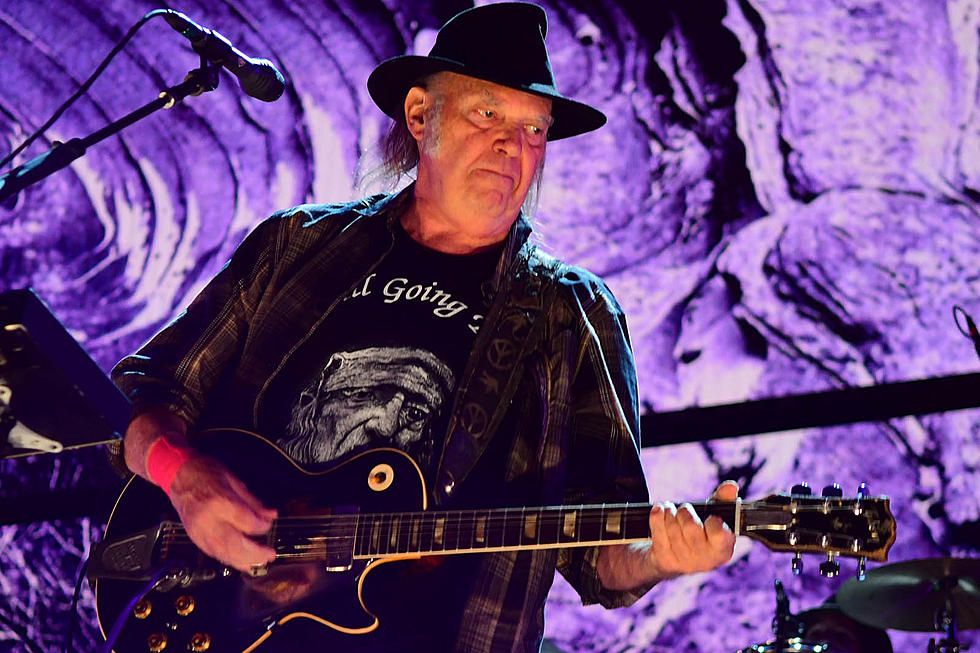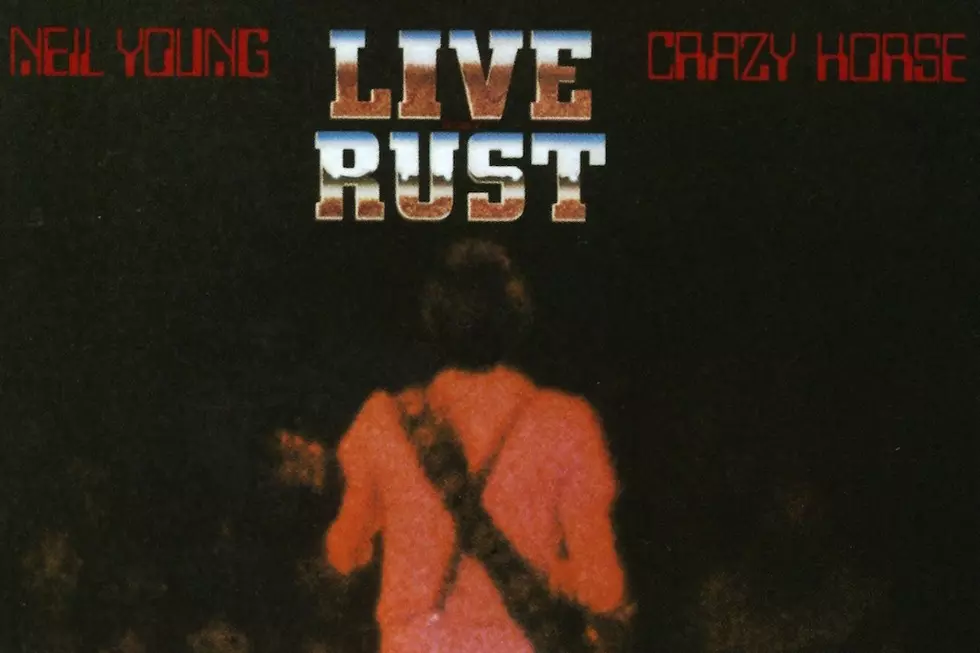
When Neil Young Left the Middle of the Road for ‘On the Beach’
In the liner notes to his triple-LP compilation, Decade, Neil Young wrote that the chart-topping success of "Heart of Gold" “put me in the middle of the road. Traveling there soon became a bore, so I headed for the ditch. A rougher ride but I saw more interesting people there." The first studio album to emerge from that ditch, On the Beach, was released on July 19, 1974.
But On the Beach wasn’t Young’s first recording after 1972’s Harvest. That honor belongs to Time Fades Away, a live album comprised of new material that Young has virtually disowned, and has never even been issued on CD. And Tonight’s the Night, like Time Fades Away, had been recorded in 1973, but it remained in the vaults for nearly two years. Because of the above quote, those three records, which were heavily influenced by the 1972 death of Crazy Horse guitarist Danny Whitten, became known as the "Ditch Trilogy" by fans.
That notion of beauty coming to an untimely halt was hinted at on the cover, which features a haunting beach scene: The tail fins of a vintage Cadillac stick out of the sand next to a picnic table, as Young stares out over the ocean.
Still, those expecting a repeat of the pristine country-rock of Harvest were in for a shock. Sure, multi-instrumentalist Ben Keith and bassist Tim Drummond reprised their roles, with Keith contributing some weeping pedal steel guitar to "See the Sky About to Rain" and Dobro on "For the Turnstiles." But Crazy Horse’s Ralph Molina added his trademark ragged drums to most of it, and Levon Helm of the Band appeared on two other tracks.
Also affecting the tone of the album was a snack they called “honey slides,” a cooked combination of honey and marijuana which, according to manager Eliot Roberts, produced a high that was “worse than heroin.” The druggy vibe permeates the record, particularly on the title track and the nearly nine-minute "Ambulance Blues," which comprise two-thirds of its second side.
Listen to Neil Young's 'Walk On'
The release of On the Beach coincided with his reunion tour with Crosby, Stills, Nash & Young, which began 10 days earlier. Young soon became frustrated by the fact that the other three were content to sing their hits while he was writing and performing new material at a prolific clip.
“The tour was disappointing to me,” Young told author Jimmy McDonough in Shakey. “I think CSNY really blew it. Last time I played with ‘em had been two or three years before that. They hadn’t made an album, and they didn’t have any new songs. What were they doing? How could they just stop? They wanted to put out a live album, and I wouldn’t put it out – because it had all my songs on it.”
For all their left turns, the Ditch Trilogy, and On the Beach in particular, have a special place among Young’s fans. A few months after Tonight’s the Night, he regained his footing with Zuma, which set off a strong run of "more conventional" Neil Young albums, reaching its high point in 1979 with Rust Never Sleeps.
Neil Young Albums Ranked
More From Ultimate Classic Rock









